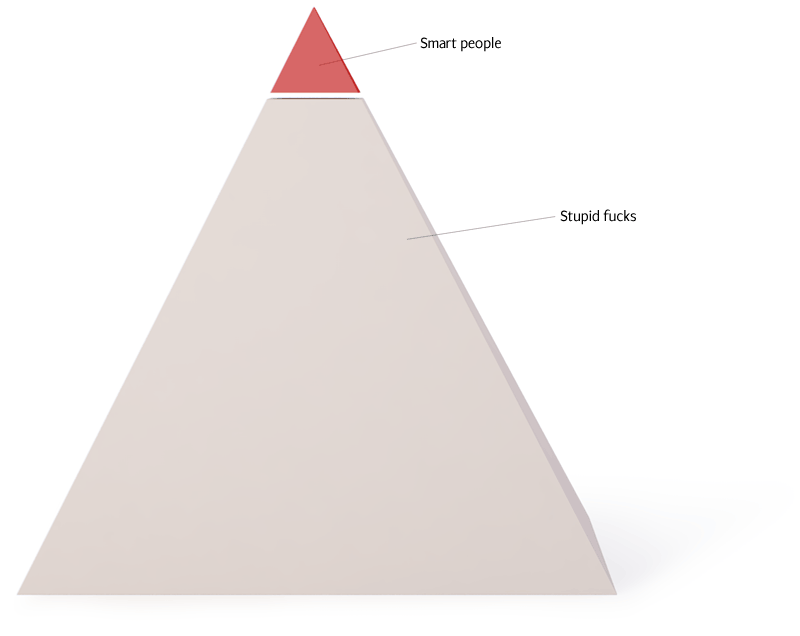Police set to step up hacking of home PCs
THE Home Office has quietly adopted a new plan to allow police across Britain routinely to hack into people’s personal computers without a warrant.
1. Wow, it was not only Sherlock Holmes, they now have big bad h4×0rs that can hack into any computer :O
2. Without a warrant? Are these guys nuts? What about the concept of privacy? Isn’t that a human right? At least tell the people when you are looking at their computer, just like with a regular warrant approved by court.
The hacking is known as “remote searching”. It allows police or MI5 officers who may be hundreds of miles away to examine covertly the hard drive of someone’s PC at his home, office or hotel room. Material gathered in this way includes the content of all e-mails, web-browsing habits and instant messaging.
3. Okay Google, you are forgiven.
A remote search can be granted if a senior officer says he “believes” that it is “proportionate” and necessary to prevent or detect serious crime — defined as any offence attracting a jail sentence of more than three years.
However, opposition MPs and civil liberties groups say that the broadening of such intrusive surveillance powers should be regulated by a new act of parliament and court warrants.
4. Maybe that senior office has a daughter, and want’s to check out her boyfriend for “uncommon” data in his computer (since, you know, today’s teens record all their lives in their computer).
He said the authorities could break into a suspect’s home or office and insert a “key-logging” device into an individual’s computer. This would collect and, if necessary, transmit details of all the suspect’s keystrokes. “It’s just like putting a secret camera in someone’s living room,” he said.
5. Okay, forget 1. The PoliceHackers are no more than script kiddies. Well, and if that person has their computer password-protected? [1] And what it their using some OS that’s not Windows? And what if they are not that stupid and detect the intrusion? What if the Antivirus stops you key-logger from being installed?
Police might also send an e-mail to a suspect’s computer. The message would include an attachment that contained a virus or “malware”. If the attachment was opened, the remote search facility would be covertly activated. Alternatively, police could park outside a suspect’s home and hack into his or her hard drive using the wireless network.
6. Good luck by-passing the Gmail antivirus and spam filter. But if your “suspect/victim” is using Hotmail, you may have a shot.
7. Now we are screwed, instead of teaching people how to fight spam and keep their computer secure from hackers, we also have to protect them from the police… Geez.
8. If you are living in the UK and use Windows and do not agree with this policy, try switching to Ubuntu



